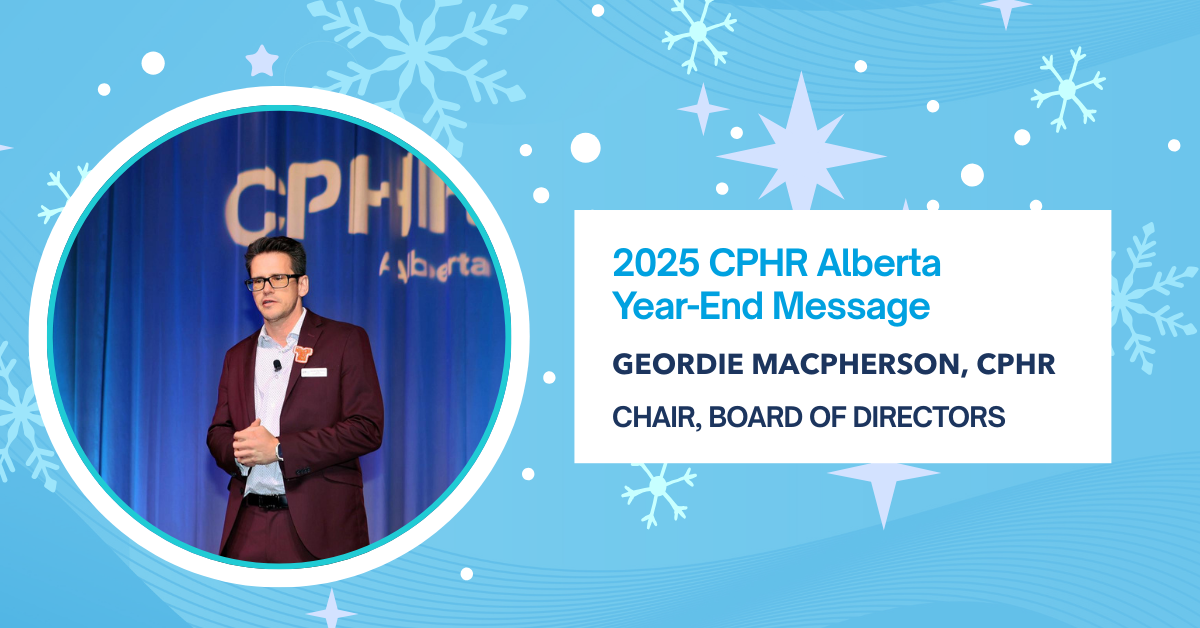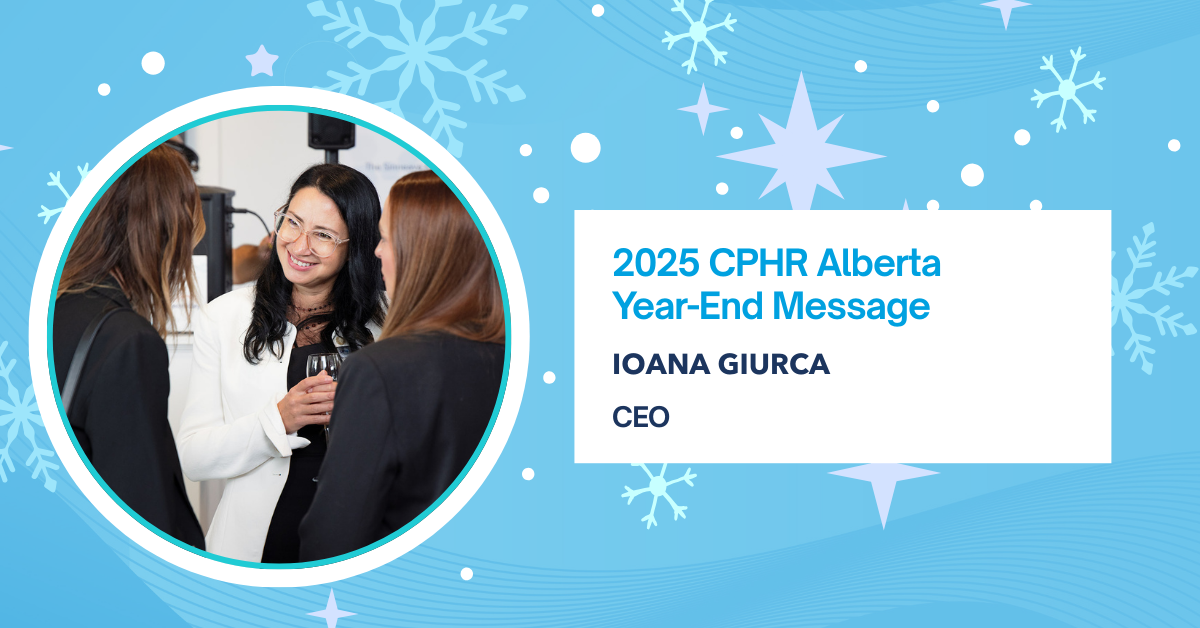
Open Letter to Middle-Aged White People in the Workplace

Author: Sean McEwen (he/him), Director of Operations at the Gateway to Equity, Diversity & Inclusion (GEDI) Hub
As one learns more about workplace equity, diversity and inclusion, it becomes increasingly apparent that the ‘middle-aged, straight, white person’ demographic is viewed as the source of a great many problems. That’s a realization that can be relatively uncomfortable – that people from diversity groups and their allies see my demographical identity as the current and historical root of a litany of societal and workplace equity issues. It doesn’t feel good to be a target of this increased scrutiny and skepticism; to be arbitrarily considered suspect as though I were,…
What? A Black person? An Indigenous person? A Muslim immigrant? If we just let ourselves reflect on that discomfort and engage our imagination and our empathy, it’s not difficult to acknowledge the obvious. The discomfort arising from increasing awareness and attention to equity, diversity and inclusion issues is a fraction of the discomfort felt by racialized, Indigenous and LGBTQ2S people as they attempt to navigate a society and a workplace shaped predominantly by white, Euro-centric, colonizer culture. I raise colonization for the simple reason that the structural and cultural elements that have shaped governance, society, policies, and workplaces for the last 150 years remain deeply embedded in current systems. To reframe – virtually all of the workplace systems upon which we rely (including governance, recruitment and personnel management) are systems that were created by people in power – yes – predominantly middle-aged white guys.
When the driving force behind the creation of structures and systems is a single, homogenous group, we end up with systems and structures that make the most sense to, and disproportionately benefit, members of that group. This is the essence of equity work; the knowledge that many systemic and structural elements of ‘workplace design’ draw from a very narrow cultural perspective that has traditionally viewed itself as more valid than other perspectives – and that this is not fair. Humans are extremely social animals. We are hard-wired to perceive social relatedness, inclusion and fairness as rewarding and to view their absence as threats. Research has shown that even witnessing ‘exclusion behaviour’ directed at colleagues results in a loss of trust and engagement at work. The costs to a workplace culture that tolerates inequity on a systemic and interpersonal level are reduced engagement, reduced performance, reduced employee retention and reduced capacity to attract staff. Our workforce is getting younger and more diverse by the month – these are not negligible costs.
I’ll state the obvious; we improve at the things we give our attention to. The knowledge that equity, diversity and inclusion help workplaces to become more innovative, profitable and resilient is well researched and demonstrable. The what and why part of this is undeniable, it’s the ‘how-to’ part that we struggle with. A growth mindset, enough courage to make – and learn from – our mistakes, and the realization that our average, status-quo workplace contains a lengthy list of EDI blind spots are good place to start. Our workplace blind spots are the things that we don’t know that we don’t know. It’s common; we don’t clearly see the barriers and challenges that we ourselves don’t face – until we do.
A seeing, hearing, able-bodied person is not going to see accessibility barriers clearly. A white man with an extensive professional network may not see the challenges and diminished opportunities faced by a person of colour who is new to Canada and seeking work. A confident, connected white woman, may not understand that her commentary about a Black woman’s ‘unique hair-style’ merely points out ‘difference’ and creates discomfort. A recruiter who has not faced overwhelming systemic, structural and interpersonal racism may not understand the lack of Indigenous applicants to their posted positions. Learning more about our blind spots so that we can develop strategies to correct them in the name of compassion, fairness and inclusivity is what this work is about. Making sure that equity-deserving groups are represented in our workplaces and that their voices are heard is key to making positive change. It’s important that we do a lot of self-directed learning and avoid making equity-deserving groups ‘teach us’ everything we need to know, but the idea that we shouldn’t have diversity at work until we completely ‘fix’ equity leaves out the very perspectives our workplaces require.
“How can I do better?” The courage to be vulnerable and ask this simple question with sincerity – and then act on it – may be the single most important leadership skill in the face of the sweeping workforce demographic shifts upon us. It’s time. It’s essential – and it’s the right thing to do.
The views and opinions expressed in this blog post belong solely to the original author(s) and do not necessarily represent the views and opinions of CPHR Alberta.
The views and opinions expressed in this blog post belong solely to the original author(s) and do not necessarily represent the views and opinions of CPHR Alberta.





